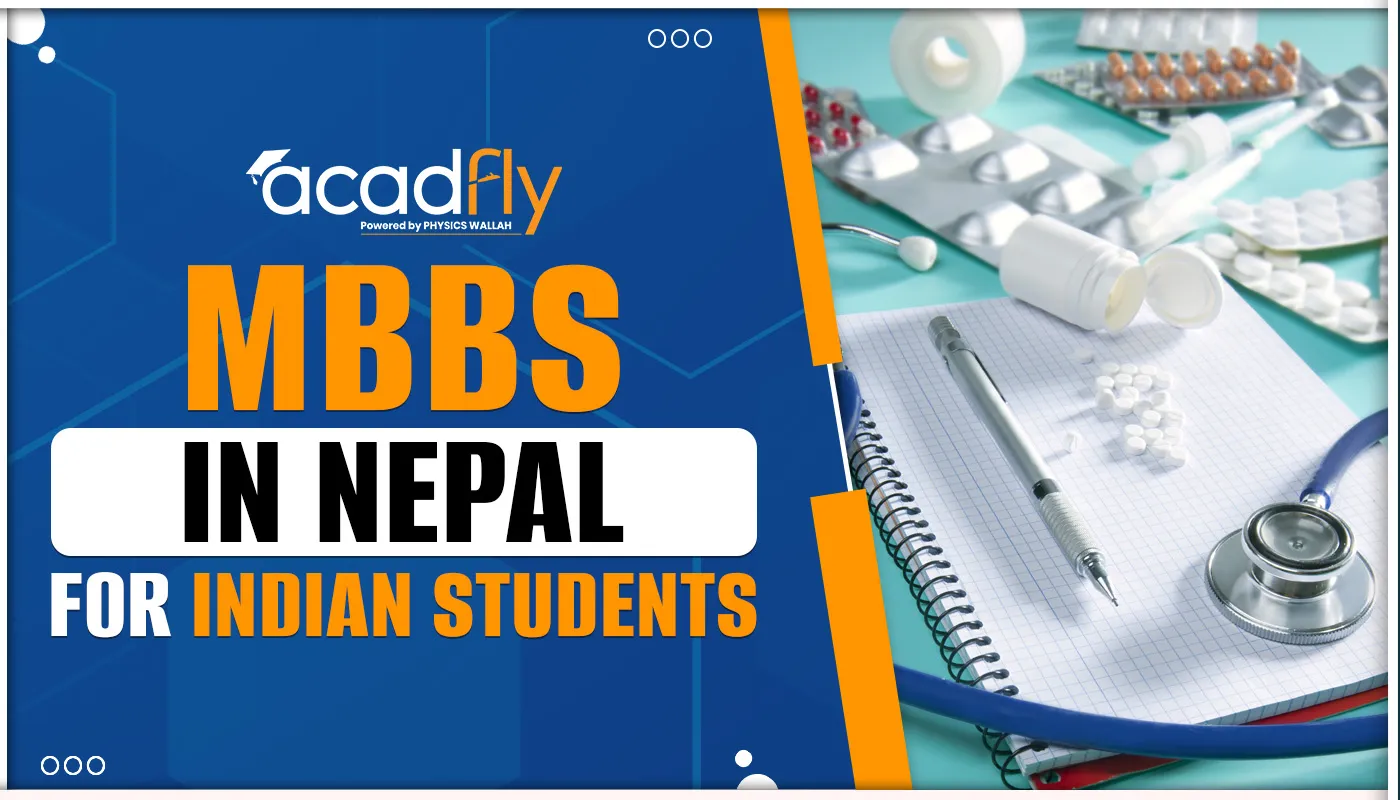


MBBS in Nepal for Indian students has become a popular option due to its high-quality education, affordable fees, and cultural similarities. Nepal's medical colleges offer a curriculum similar to India’s, recognized by the Medical Council of India (MCI) and other international bodies. This article provides a detailed overview of pursuing an MBBS in Nepal, covering eligibility, admission process, fee structure, and other essential aspects.
Nepal's medical colleges provide a quality education that adheres to international standards. The curriculum is designed to ensure that students receive comprehensive medical training. Many colleges are affiliated with reputable universities and have experienced faculty members.
One of the primary reasons for choosing MBBS in Nepal for Indian students is the affordable fee structure compared to private medical colleges in India. The overall cost, including tuition fees and living expenses, is significantly lower.
Nepal shares cultural and geographical similarities with India, making it easier for Indian students to adapt. The medium of instruction in most medical colleges is English, further facilitating ease of learning.
To pursue MBBS in Nepal, Indian students must meet the following eligibility criteria:
Completion of 10+2 with Physics, Chemistry, and Biology.
Minimum aggregate score of 50% in the aforementioned subjects.
Qualifying NEET (National Eligibility cum Entrance Test) as per the criteria set by the MCI.
The admission process for MBBS in Nepal for Indian students involves several steps:
Application Submission: Students must submit their application forms to the respective colleges along with the required documents.
Entrance Examination: Some colleges may conduct their entrance exams. However, NEET qualification is mandatory.
Interview: Shortlisted candidates may be called for an interview or counselling session.
Document Verification: Verification of academic documents and eligibility criteria.
Admission Confirmation: Payment of fees and confirmation of admission.
|
Step |
Description |
|
Application Submission |
Submit application forms and required documents |
|
Entrance Examination |
Appear for college-specific entrance exams (if applicable) |
|
Interview |
Attend interview or counselling session |
|
Document Verification |
Verification of academic documents and eligibility criteria |
|
Admission Confirmation |
Payment of fees and confirmation of admission |
Several medical colleges in Nepal are highly reputed and recognised by MCI. Here are some of the top choices:
|
Top Medical Colleges in Nepal |
||
|
College Name |
Location |
Affiliation |
|
Kathmandu Medical College |
Kathmandu |
Kathmandu University |
|
B.P. Koirala Institute of Health Sciences |
Dharan |
Tribhuvan University |
|
Manipal College of Medical Sciences |
Pokhara |
Kathmandu University |
|
Nepal Medical College |
Kathmandu |
Kathmandu University |
|
Nobel Medical College |
Biratnagar |
Kathmandu University |
The fee structure for MBBS in Nepal is considerably lower than in Indian private medical colleges. The fees may vary depending on the college but generally range between INR 30 to 45 lakhs for the entire course.
|
Estimated Fee Structure |
|||
|
College Name |
Tuition Fees (INR) |
Hostel Fees (INR) |
Total (INR) |
|
Kathmandu Medical College |
35,00,000 |
3,00,000 |
38,00,000 |
|
B.P. Koirala Institute of Health Sciences |
32,00,000 |
2,50,000 |
34,50,000 |
|
Manipal College of Medical Sciences |
40,00,000 |
3,00,000 |
43,00,000 |
|
Nepal Medical College |
33,00,000 |
2,75,000 |
35,75,000 |
|
Nobel Medical College |
37,00,000 |
3,00,000 |
40,00,000 |
The MBBS curriculum in Nepal is similar to that in India, with a focus on both theoretical and practical aspects of medical education. The course duration is five and a half years, including a one-year mandatory internship.
First and Second Year: Basic medical sciences (Anatomy, Physiology, Biochemistry).
Third and Fourth Year: Clinical subjects (Pathology, Microbiology, Pharmacology, Forensic Medicine).
Final Year: Specialized subjects (Medicine, Surgery, Pediatrics, Obstetrics and Gynecology).
Internship: Hands-on experience in various medical departments.
Living in Nepal is relatively affordable and comfortable for Indian students. The cost of living, including accommodation, food, and other expenses, is lower compared to many other countries. Most medical colleges provide hostel facilities with the necessary amenities.
|
Estimated Monthly Living Expenses |
|
|
Expense Category |
Estimated Cost (INR) |
|
Accommodation (Hostel) |
5,000 - 10,000 |
|
Food |
3,000 - 6,000 |
|
Transportation |
1,000 - 2,000 |
|
Miscellaneous |
2,000 - 3,000 |
|
Total |
11,000 - 21,000 |
Graduates with an MBBS degree from Nepal are eligible to practice in India after clearing the Foreign Medical Graduate Examination (FMGE) conducted by the MCI. Additionally, they can pursue higher studies or practice medicine in other countries, provided they meet the respective licensing requirements.
Pursuing an MBBS in Nepal for Indian students offers numerous advantages, including quality education, affordable fees, and cultural familiarity. Nepal's medical colleges provide a conducive learning environment, ensuring that students are well-prepared for their medical careers.
For those looking to explore MBBS options abroad, platforms like AcadFly offer valuable resources and guidance, helping students make informed decisions and achieve their educational goals. By considering Nepal as a destination for medical education, Indian students can gain a globally recognized degree while enjoying a supportive and familiar environment.
